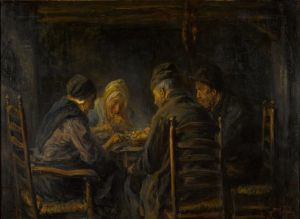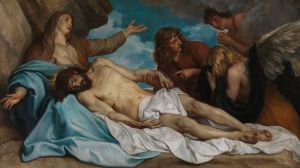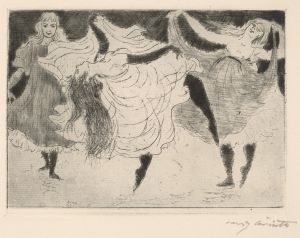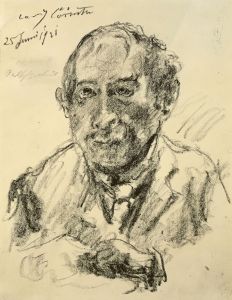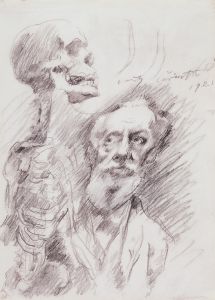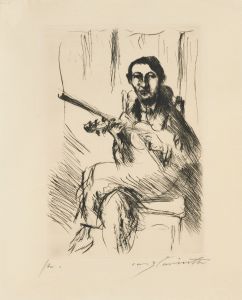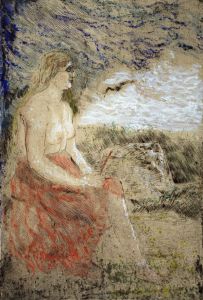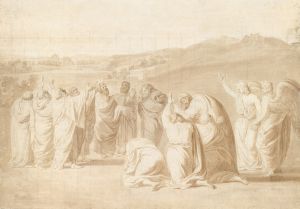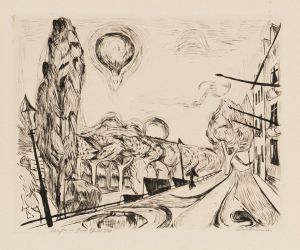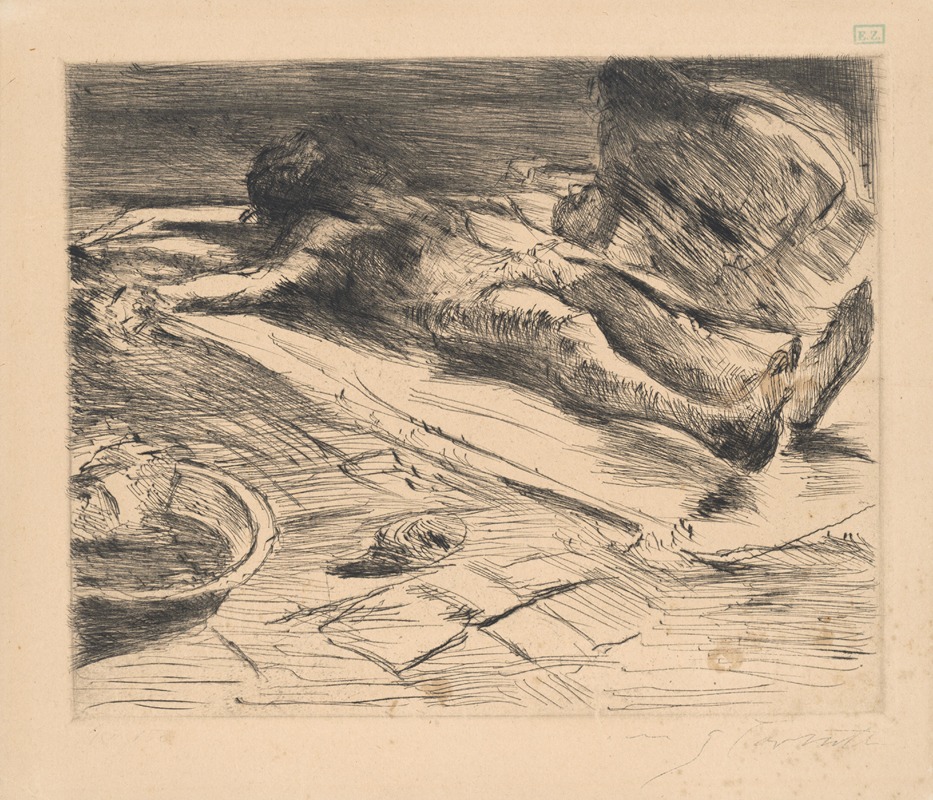
Dead Christ
A hand-painted replica of Lovis Corinth’s masterpiece Dead Christ, meticulously crafted by professional artists to capture the true essence of the original. Each piece is created with museum-quality canvas and rare mineral pigments, carefully painted by experienced artists with delicate brushstrokes and rich, layered colors to perfectly recreate the texture of the original artwork. Unlike machine-printed reproductions, this hand-painted version brings the painting to life, infused with the artist’s emotions and skill in every stroke. Whether for personal collection or home decoration, it instantly elevates the artistic atmosphere of any space.
Lovis Corinth's Dead Christ is a painting created by the German artist in 1906. Corinth, a prominent figure in the transition from Impressionism to Expressionism, is known for his emotionally charged and technically skilled works. This painting is one of his many explorations of religious themes, which were common in European art history and often served as a means for artists to engage with profound existential and spiritual questions.
The painting depicts the lifeless body of Jesus Christ after the Crucifixion. Corinth's representation of Christ is strikingly human, emphasizing the physicality and vulnerability of the figure. The work is notable for its raw emotional intensity and its departure from idealized depictions of Christ that were prevalent in earlier religious art. Instead, Corinth presents a more naturalistic and somber portrayal, focusing on the suffering and mortality of Christ.
The composition of Dead Christ reflects Corinth's mastery of color and form. The brushwork is expressive, with loose, dynamic strokes that convey a sense of immediacy and emotional depth. The use of light and shadow enhances the dramatic effect, drawing the viewer's attention to the central figure while creating a somber and contemplative atmosphere. The painting's palette is subdued, dominated by earthy tones that underscore the gravity of the subject matter.
Dead Christ is part of Corinth's broader body of work that often grappled with themes of life, death, and human vulnerability. His approach to religious subjects was deeply personal and reflective of his own struggles and beliefs. While Corinth was not overtly religious, his works frequently engaged with Christian iconography, reinterpreting it through the lens of modernity and his own artistic sensibilities.
The painting is housed in the Kunsthalle Bremen in Germany, where it is part of the museum's extensive collection of European art. It continues to be studied and appreciated for its artistic and historical significance, as well as its contribution to the evolving depiction of religious themes in modern art.
Lovis Corinth's Dead Christ exemplifies his ability to merge traditional subject matter with modern techniques and perspectives, resulting in a work that is both timeless and deeply rooted in the artistic and cultural currents of its time.






